Engish Language Learners Strategies
Below are strategies posts related to English Language Learners.
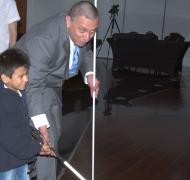 |
Quick and Easy Communication Cards for Your Use with English LearnersTips to create quick and easy cards for Orientation and Mobility or other lessons for English learners who are blind or visually impaired, including those who are deafblind
|
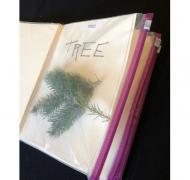 |
Make Your Own Baggie Experience BookBaggie Experience Books are a great way to help young children or learners with deafblindness or multiple disabilities to make the transition from real objects to beginning literacy. |
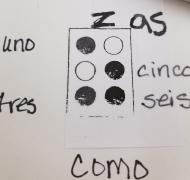 |
Bilingual Braille Flash CardsThese bilingual braille flash cards enabled a parent who does not speak English to review the braille code with her 5-year-old daughter who is blind. |
|
|
Maintaining Braille Skills Using a Daily Journal for an English Language LearnerUsing a daily journal to help an English Language Learner (ELL) maintain braille skills through the summer |
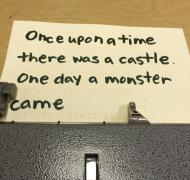 |
Braille is Reading and Writing: Language ExperienceExample of braille writing lesson using language experience for young dual media learner who is also ESL or ELL (English Language Learner) |
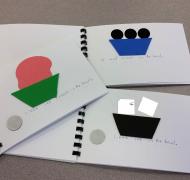 |
“Can We Do Oreo Reading Now?” #1 Key Word BooksCreate books for braille readers using key words of interest to them to provide motivation. |
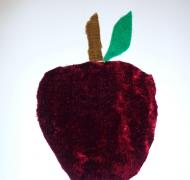 |
Apple BookThis tactile book can help beginning readers to explore different textures and shapes |
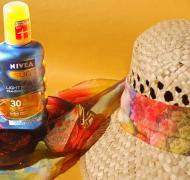 |
Making InferencesActivity ideas to teach students with visual impairments to make inferences |
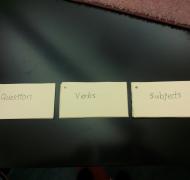 |
Question CardsThis activity is designed to help students who are autistic, including those with visual impairments or multiple disabilities, to develop their critical thinking skills. |
 |
PrepositionsThis activity uses real objects to work on positional concepts with children who are blind or visually impaired. |
 |
Greek and Latin RootsStudents can build their vocabularies and decoding skills by learning Greek and Latin roots. Tips for students who are blind or visually impaired |
